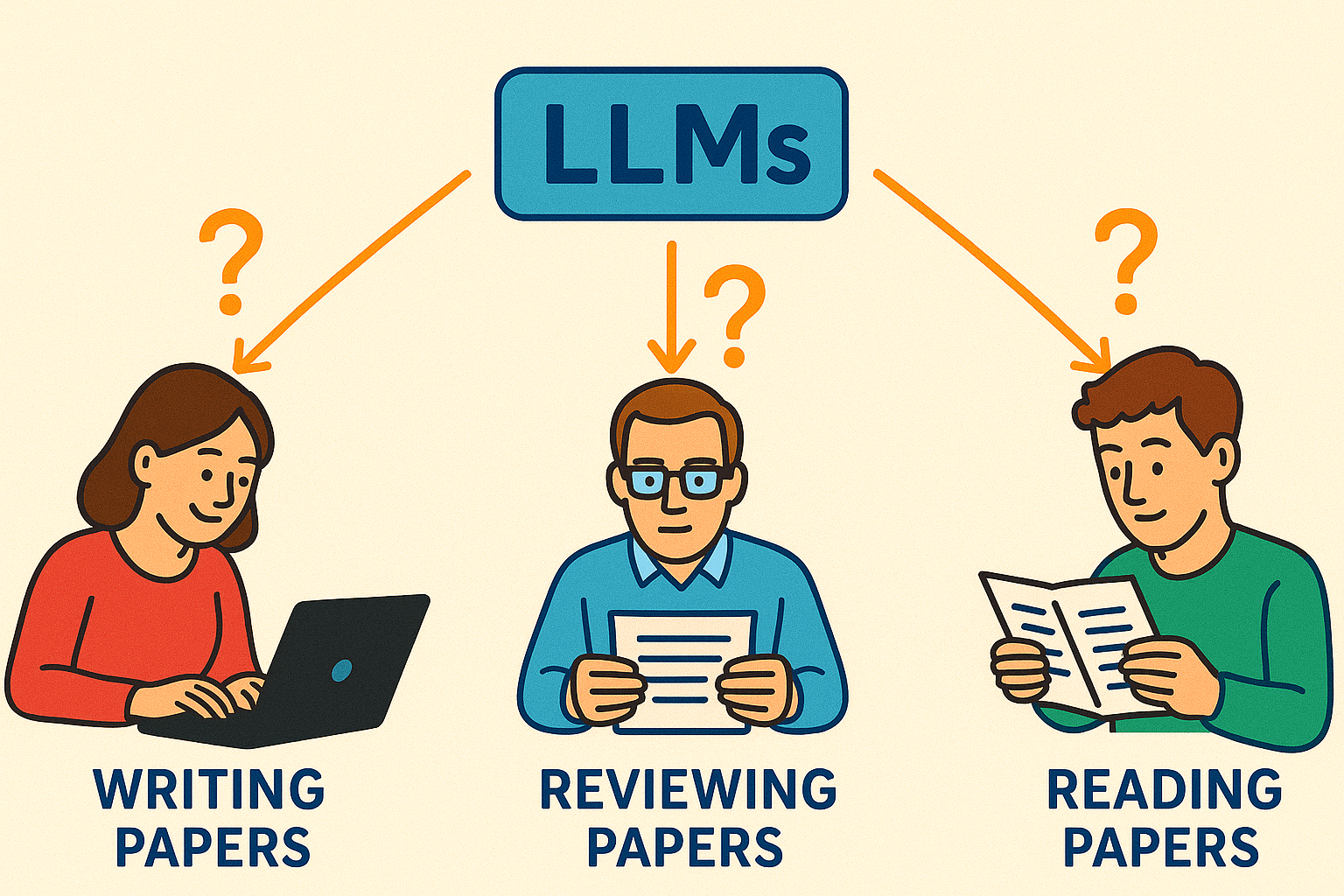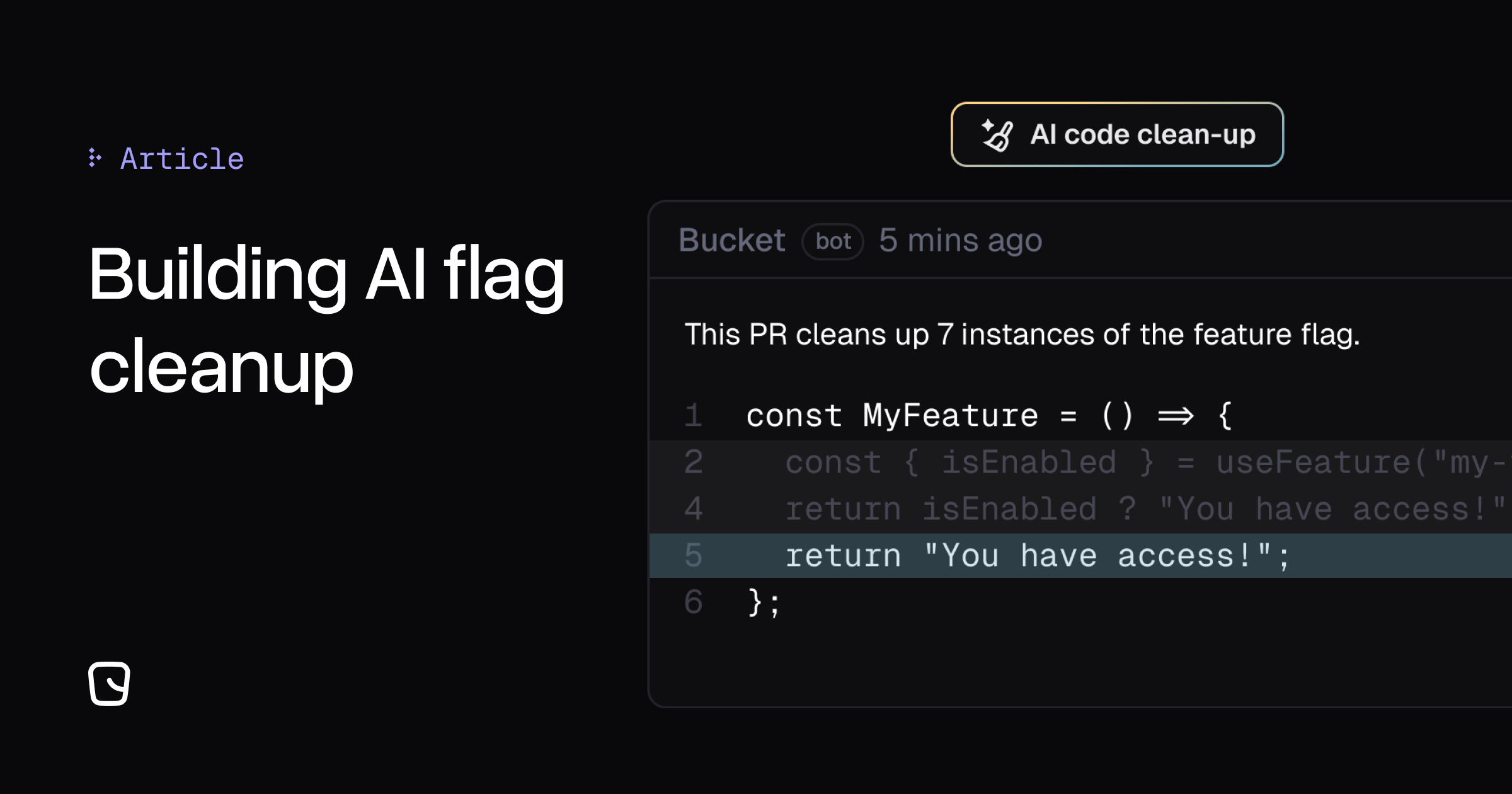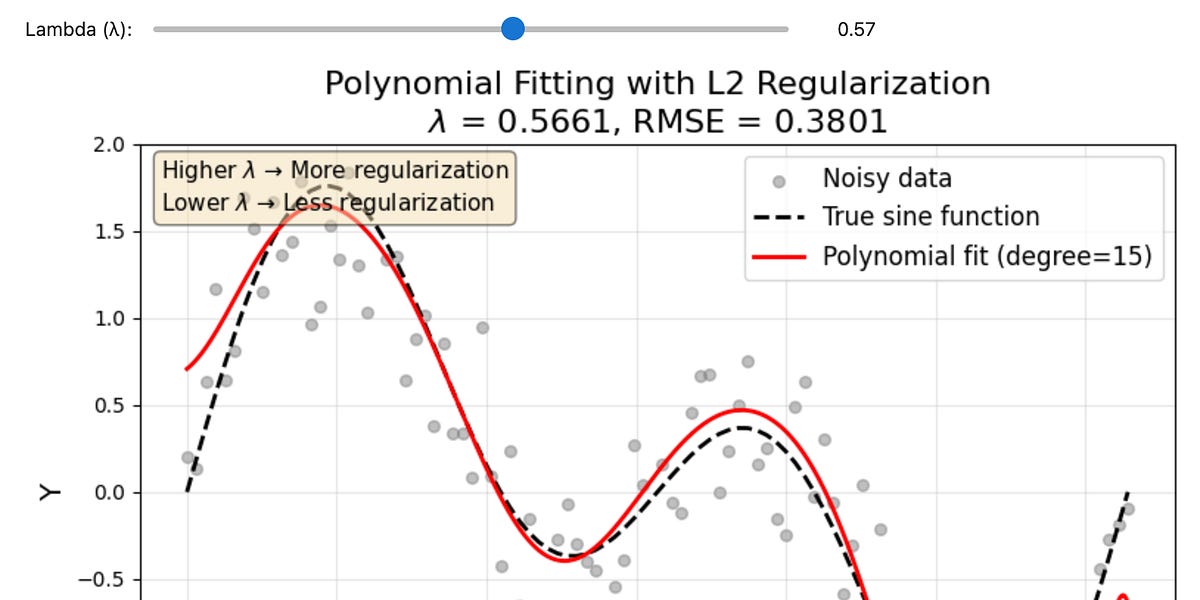
The role of LLMs in academic reviewing
Editor’s note: With continuing proliferation of LLMs and their capabilities, academic community started to discuss their potential role in paper reviewing process. Some conferences are already piloting the assistance of LLMs in their reviewing this year. To bring this discussion to the attention of our community, “Computer Architecture Today” is publishing two related blog posts. The post below is about the general role of LLMs in academic reviewing. The second post (to follow shortly) describes a rather extreme concrete proposal for our community. Enjoy reading and discuss!
The past few years have witnessed a staggering acceleration in the capabilities of large language models (LLMs). What began as an intriguing toy for autocomplete has evolved into sophisticated tools capable of summarizing research papers, drafting technical arguments, and even simulating expert‑level discussion. As these models continue to improve at an astonishing rate, the question is no longer if they will change academic workflows — but how .
Academic reviewers are fatigued and overworked. Across many research communities, the state of academic reviewing is under visible strain. Reviewers are oversubscribed, overworked, and often underappreciated. Program committee (PC) members juggle many papers in a short time frame, and the depth of engagement has become increasingly shallow. The consequences are easy to observe: rushed reviews, inconsistent decisions, and a growing sense of dissatisfaction among authors and reviewers alike. While there are exceptions—venues where quality is preserved through tighter scope or community norms—the overall trend is worrying.













